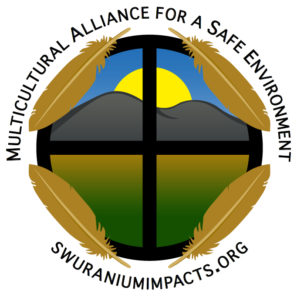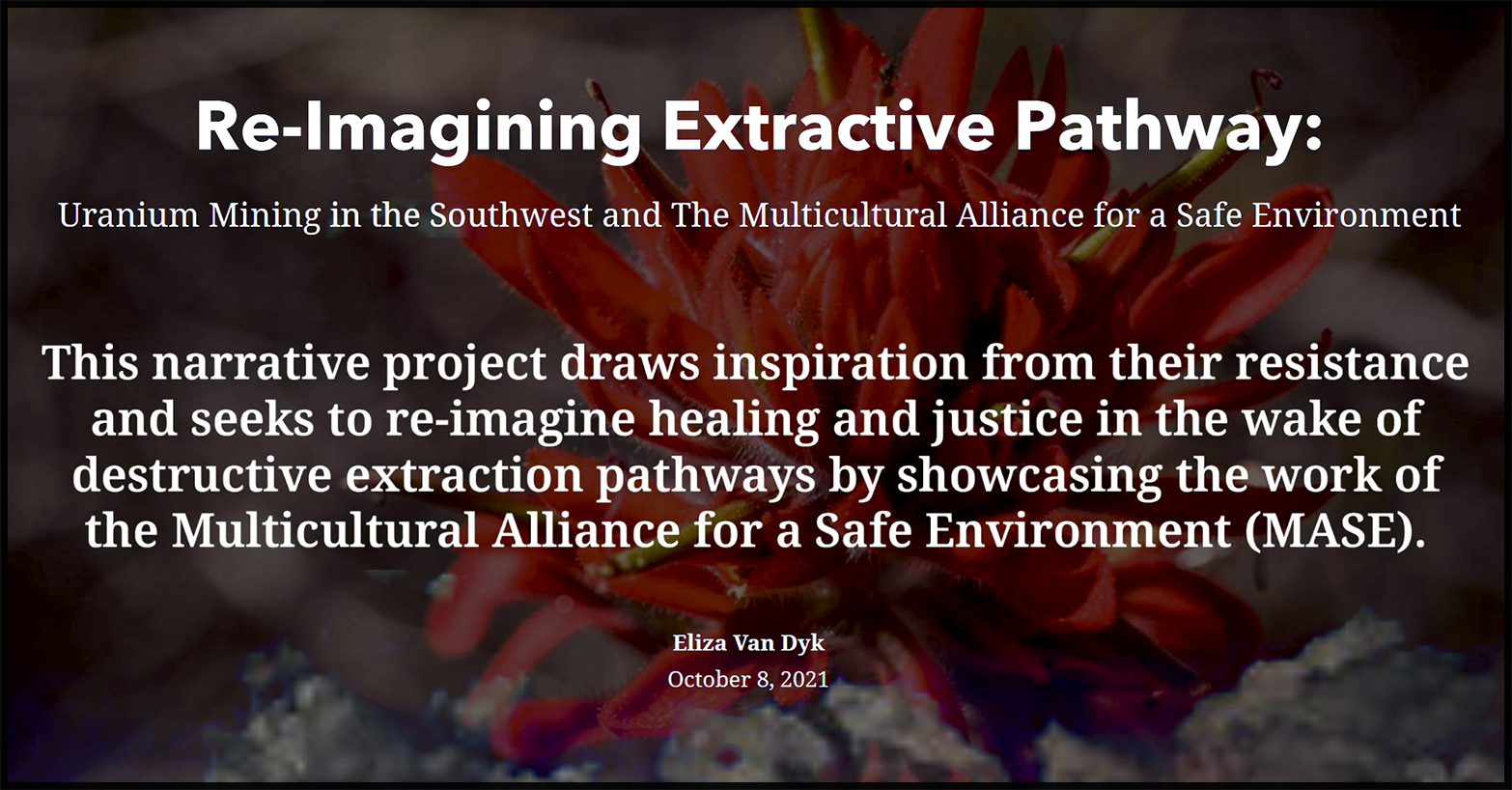Half Life: America’s Last Uranium Mill
The Untold Story of the White Mesa Uranium Mill
From the highway, it’s easy to miss the White Mesa Uranium Mill. Thousands of tourists, mountain bikers, climbers, and river rafters shuttle past it each year on southeastern Utah’s U.S. Route 191, a popular corridor connecting Arches and Canyonlands national parks to Monument Valley on the Navajo Nation.
Hurtling between stunning vistas at 55 miles-per-hour, you might not notice the discrete sign or narrow track leading toward a series of drab, low-slung industrial buildings – and few would guess that this turnoff leads to one of the least understood toxic sites in the Southwest: the nation’s last operating conventional uranium mill.
Horses graze in pastures along the highway, a lone gas station operates nearby, but outside of several hundred members of the Ute Mountain Ute tribe’s White Mesa community, located three miles away, and a few dozen uranium mill employees who mostly commute from outlying towns, almost no one stops in White Mesa. And with the mill hidden behind berms and security fences, the extent of the complex and its real purpose have been largely unknown, even to people living in White Mesa, until now.
Behind the perimeter fence
The Grand Canyon Trust has teamed up with filmmaker Justin Clifton to create a new documentary, “Half Life: The Story of America’s Last Uranium Mill,” to raise public awareness of the rising concerns of toxic and radioactive contamination surrounding the White Mesa Mill. Put simply, we made this film to shed light on the facts, knowing that uranium operators thrive when information is confined to decision-makers and industry rather than shared with the public.
Environmental injustice
“If contamination did show up in these seeps and springs these resources would be unusable for the tribe.” -Colin Larrick, Water Quality Specialist, Ute Mountain Ute Tribe
As the last operating conventional uranium mill in the United States, the White Mesa Mill serves as the keystone for much of North America’s uranium industry. And because the story of uranium on the Colorado Plateau is also a story of environmental injustice – with the industry’s impacts borne disproportionately by tribal nations – the White Mesa Mill is also a keystone for environmental justice across the Southwest and North America.
The American public has a right to know the story of the White Mesa Mill and the threat the mill poses to the people who call this corner of the Southwest home – particularly the people of the Ute Mountain Ute tribe whose ancestral ties to the lands currently used by the mill date back thousands of years.






